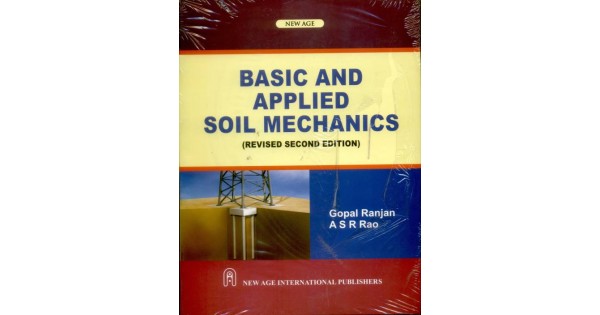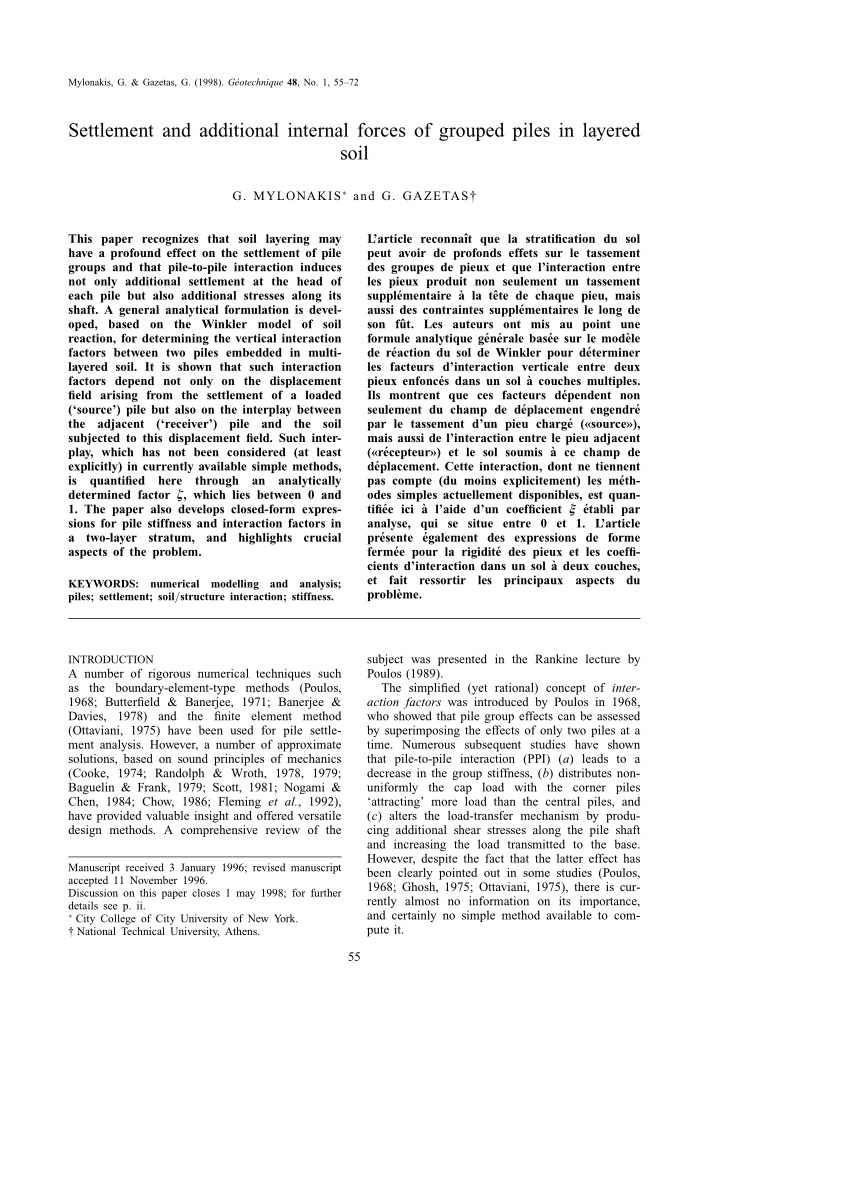
In chemical weathering some minerals disappear partially or fully, and new compounds are formed. Rocks are altered more by the process of chemical weathering than by mechanical weathering. Amphiboles and pyroxenes, quartz and micas come next in that order. Feldspars are the minerals abundantly present (60%) in igneous rocks.

However, sedimentary rocks are present on 80% of the earth’s surface area. It is to be noted that 95% of the earth’s crust consists of igneous rocks, and only the remaining 5% consists of sedimentary and metamorphic rocks. Obviously, soils formed by mechanical weathering (that is, disintegration of rocks by the action of wind, water and glaciers) bear a similarity in certain properties to the minerals in the parent rock, since chemical changes which could destroy their identity do not take place. The factors of weathering may be atmospheric, such as changes in temperature and pressure erosion and transportation by wind, water and glaciers chemical action such as crystal growth, oxidation, hydration, carbonation and leaching by water, especially rainwater, with time. Soil is formed by the process of ‘Weathering’ of rocks, that is, disintegration and decomposition of rocks and minerals at or near the earth’s surface through the actions of natural or mechanical and chemical agents into smaller and smaller grains. SOIL MECHANICS IES MASTER GATE MATERIAL : CLICK HERE Knowledge of slope stability, effects of seepage, consolidation and consequent settlement as well as compaction characteristics for achieving maximum unit weight of the soil in-situ, is absolutely essential for efficient design and construction of embankments and earth dams. Likewise the construction of embankments and earth dams where soil itself is used as the construction material, requires a thorough knowledge of the engineering behaviour of soil especially in the presence of water. Excavations, Embankments and DamsĮxcavations require the knowledge of slope stability analysis deep excavations may need temporary supports ‘timbering’ or ‘bracing’, the design of which requires knowledge of soil mechanics. Consideration of these and other factors in the efficient design of a pavement is a must and one cannot do without the knowledge of soil mechanics. Problems peculiar to the design of pavements are the effect of repetitive loading, swelling and shrinkage of sub-soil and frost action. Flexible pavements depend more on the subgrade soil for transmitting the traffic loads. Pavement Design may consist of the design of flexible or rigid pavements. Underground structures such as drainage structures, pipe lines, and tunnels and earth-retaining structures such as retaining walls and bulkheads can be designed and constructed only by using the principles of soil mechanics and the concept of ‘soil-structure interaction’. Underground and Earth-retaining Structures Thus, the foundation is an important part of a structure, the type and details of which can be decided upon only with the knowledge and application of the principles of soil mechanics. The loads from any structure have to be ultimately transmitted to a soil through the foundation for the structure. The Art of Preparing a Soil Investigation ReportĮLEMENTS OF SOIL DYNAMICS AND MACHINE FOUNDATIONSĬonstruction Aspects of Machine FoundationsįIELDS OF APPLICATION OF SOIL MECHANICS – The knowledge of soil mechanics has application in many fields of Civil Engineering.

Stability Considerations for Retaining WallsĪnalytical Methods of Determining Bearing CapacityĮffect of Water Table on Bearing Capacityīearing Capacity from Model Tests-Housel’s ApproachĬhoice of Foundation Type and Preliminary SelectionĬlassification of the Methods of Stabilisation LATERAL EARTH PRESSURE AND STABILITY OF RETAINING WALLS

UniConn Load on Irregular Areas-Newmark’s ChartĬontact Pressure and Active Zone From Pressure Bulb Concept Types of Shear Tp.sts Basod on Drainage Conditions Shearing Strength-A Function of Effective Stress Principal Planes and Principal Stresses-Mohr’s Circle

Graphical Presentation of Consolidation RelationshipĮvaluation of Coefficient of Consolidation from Odometer Test Data Solution of Terzaghi’s Equation for One-dimensional Consolidation Terzaghis Theory of One-dimensional Consolidation Seepage Through Non-Homogeneous and Anisotropic SoilĮffective Stress in a Soil Mass Under SeepageĬOMPRESSIBILITY AND CONSOLIDATION OF SOILS SOIL MOISTURE PERMEABILITY AND CAPILLARITY IDENTIFICATION AND CLASSIFICATION OF SOILSĮngineering Soil Classification and desirable featuresĬlassification Systems – More common ones Unconfined Compression Strength and Sensitivity of Clays Particle Size Distribution (Mechanical Analysis) INDEX PROPERTIES AND CLASSIFICATION TESTS Introduction and Development of Soil MechanicsĬomposition of Soil Terminology and Definitions


 0 kommentar(er)
0 kommentar(er)
